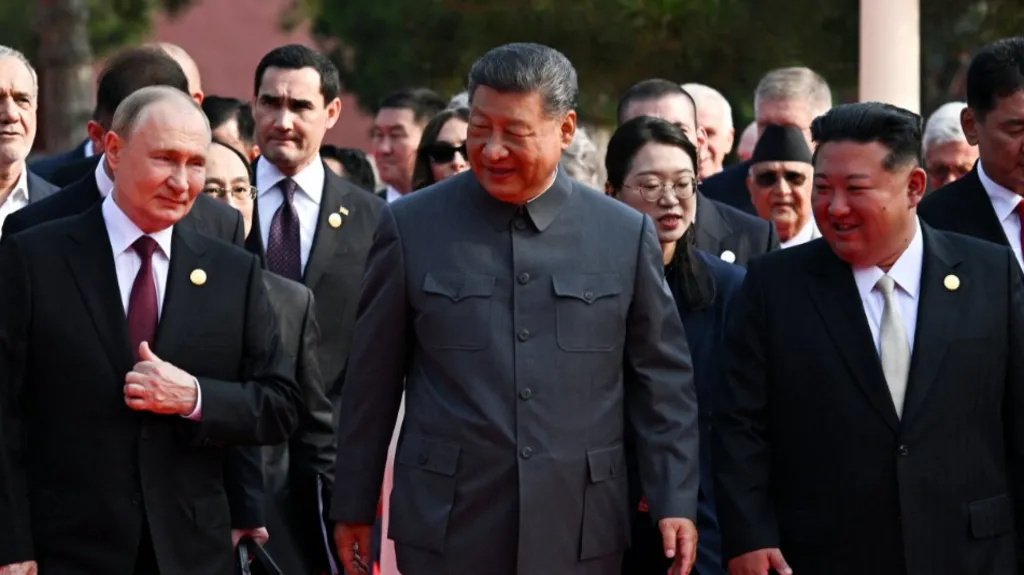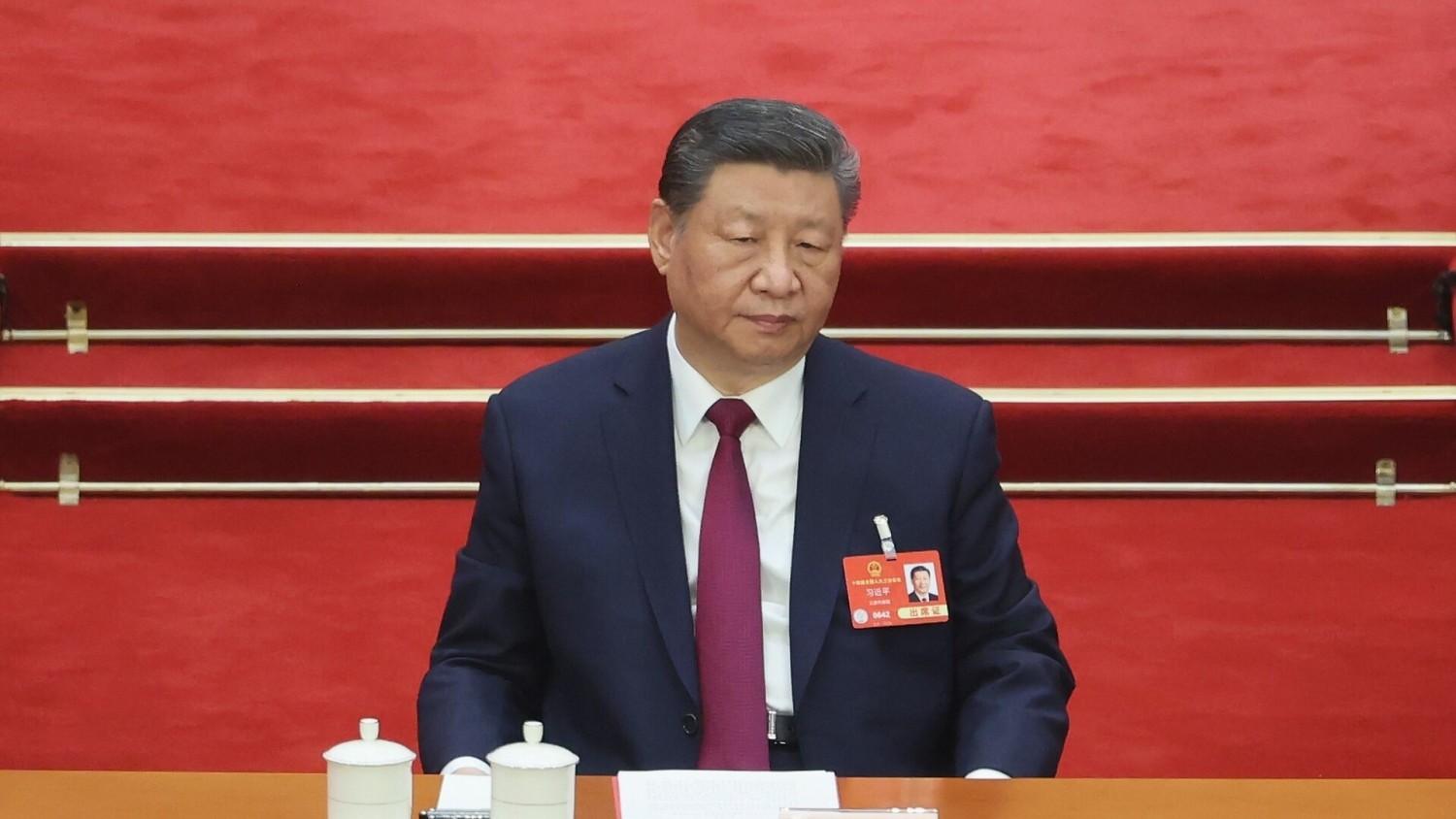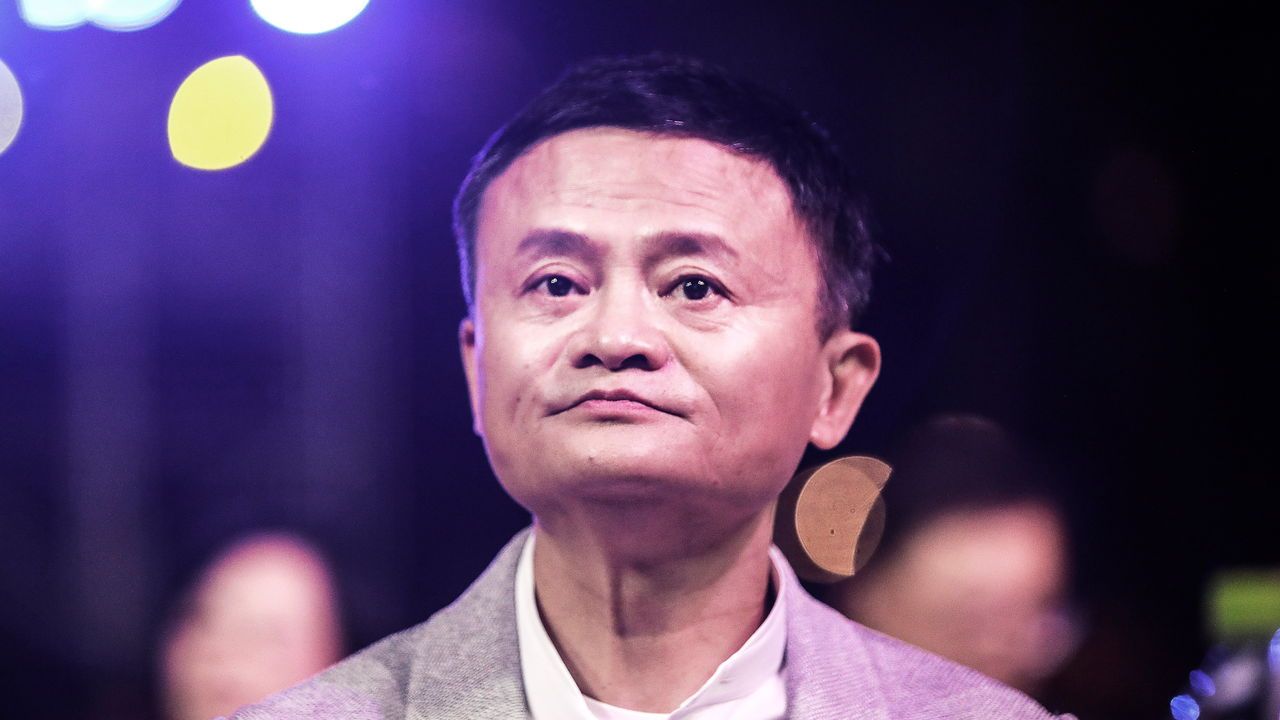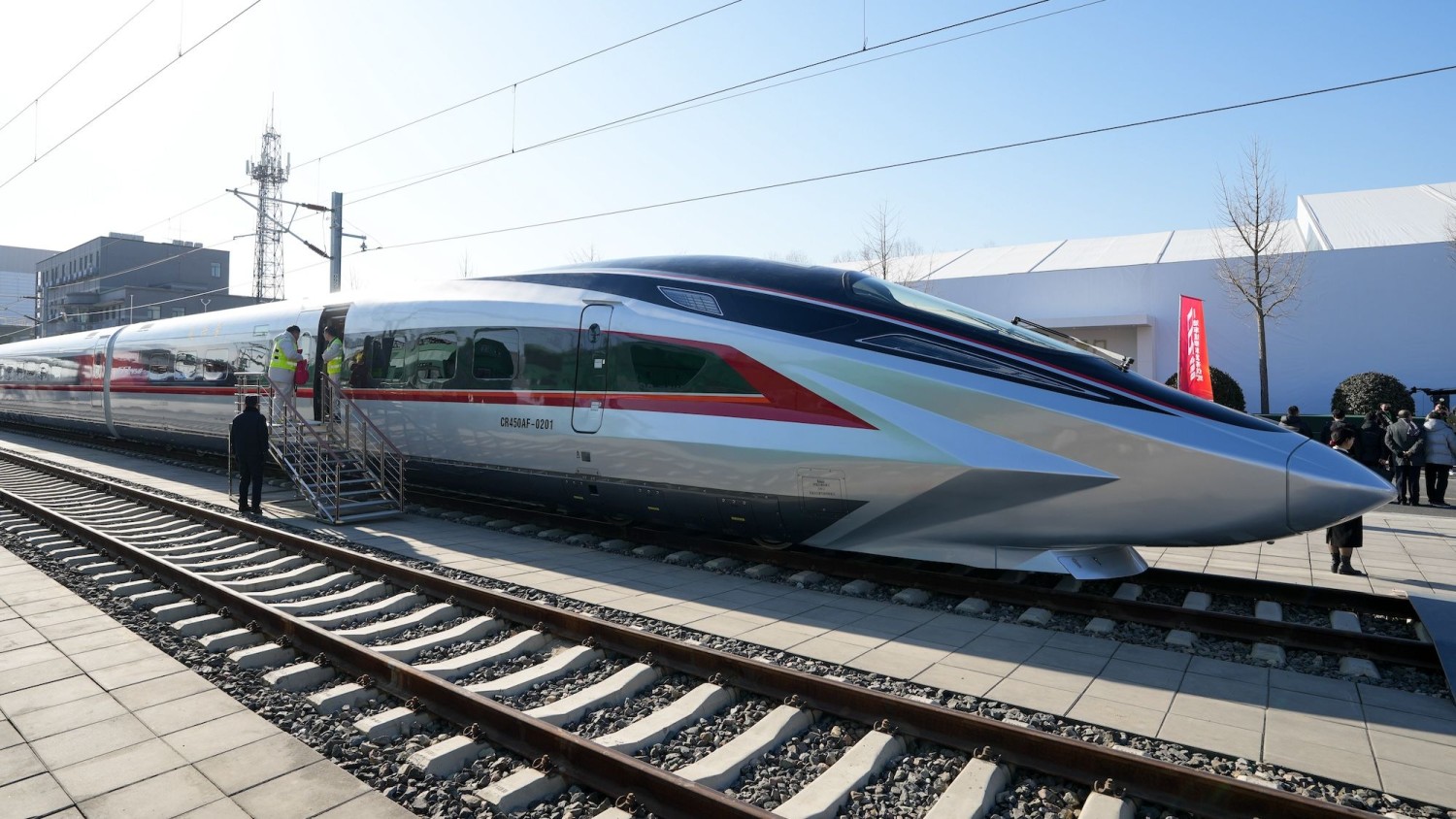
This article is more than
8 year oldChina launches first aircraft carrier built entirely on its own amid tension over man-made islands
The 50,000-ton carrier left its berth just after 9am in the northern port city of Dalian, where its predecessor, the Ukrainian-built Liaoning, also underwent extensive refurbishing before being commissioned in 2012, the Ministry of National Defense said.


The new carrier is expected to be formally commissioned sometime before 2020 following the completion of sea trials and the arrival of its full air complement.
Like the 60,000-ton Liaoning, the new carrier is based on the former Soviet Union’s Kuznetsov class design, with a ski jump-style deck for taking off and a conventional oil-fuelled steam turbine power plant.
That limits the weight of payloads its planes can carry, its speed and the amount of time it can spend at sea relative to American nuclear-powered carriers.
China is believed to be planning to build at least two and possibly as many as four additional carriers, with one of them, the Type 002, reported to be already under construction at a shipyard outside Shanghai.
REVEALED: South Korea acts on Kim’s missile threat
China urges calm as Trump holds calls on North Korea

The new carrier is part of an ambitious expansion of the Chinese navy, which is projected to have a total of 265-273 warships, submarines and logistics vessels by 2020, according to the Washington, D.C.-based Center for Naval Analysis.
That compares with 275 deployable battle force ships presently in the U.S. Navy, China’s primary rival in the Asia Pacific.
RELATED: Trump’s security adviser ‘broke the law’


The U.S. operates 10 aircraft carriers, has 62 destroyers to China’s 32, and 75 submarines to China’s 68. The U.S. Navy has 323,000 personnel to China’s 235,000.
China’s navy has made strides in spreading its global reach since it established a permanent overseas presence by joining in multinational anti-piracy patrols off Somalia in 2008.
It has cruised in the Mediterranean Sea and the Persian Gulf and helped evacuate Chinese and foreign nationals amid civil strife in Libya in 2011 and Yemen in 2015, the year it took part in its first Mediterranean joint naval exercises with Russia.
China has offered little information about the roles it expects its carriers to play, although its planning appears to be evolving as it gains more experience.

The Liaoning was initially touted mainly as an experimental and training platform, but in December was declared to be combat-ready and has taken part in live-firing exercises in the South China Sea, where tensions have risen over China’s construction of man-made islands complete with airstrips and military structures.
Building on that experience, the new carrier can be expected to take on an even more active role, cruising in the South China Sea, the East China Sea and possibly into the Western Pacific beyond the “first island chain” that blocks its access to open seas.
Meanwhile, China’s naval expansion is also fuelling a reported push for a fivefold expansion of the marine corps to as many as 100,000 troops.




